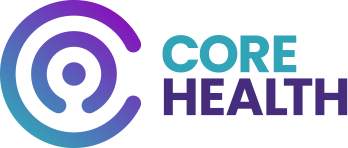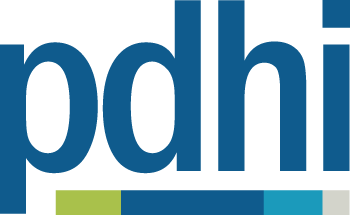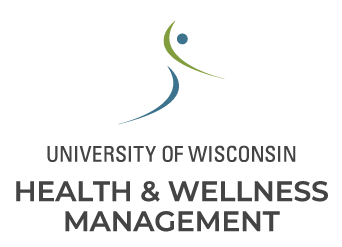
Introducing the Wellness Alliance
The Wellness Alliance unites the strengths of the two most recognized and influential professional associations in the wellness industry: Wellness Council of America (WELCOA) and the National Wellness Institute (NWI). With a long history of leading the charge in supporting wellness for individuals and workplaces, the Wellness Alliance offers trusted education and certification programs, evidence-informed resources, and networking opportunities, so that professionals are empowered to positively impact well-being.

Membership Benefits
Harness the power of the 7 Benchmarks: A Framework for a Well Workplace, Wellness Promotion Competency Model, Six Dimensions of Wellness, tools to help your career, and a wealth of wellness information from evidence-informed sources.
Upcoming Education
Service Provider Directory
Easily search and find relevant, vetted wellness providers based on your needs.
Latest Wellness News
Stay up-to-date on the latest wellness developments, data and trends from industry thought leaders and experts in the field.
-
 Does Flexibility Bring More Balance or More Work?
Does Flexibility Bring More Balance or More Work?September 22, 2025
With the trend in hybrid and remote work models now mainstream, are employees truly finding autonomy, flexibility, and balance, or are the lines even more blurred than they were before?
-
 Your Wellness Initiative Has a Story—Is Anyone Telling It?
Your Wellness Initiative Has a Story—Is Anyone Telling It?September 15, 2025
While often seen as an optional step rather than a vital tool for learning and improvement, evaluation is one of the most critical elements of a successful workplace wellness strategy.
-
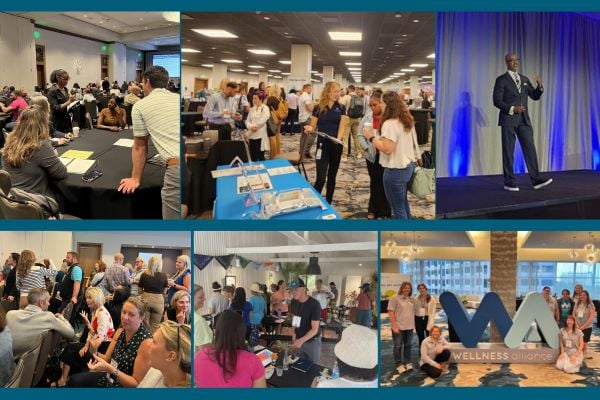 Our Top Takeaways From the 2025 Annual Wellness Summit
Our Top Takeaways From the 2025 Annual Wellness SummitSeptember 8, 2025
This year’s Annual Wellness Summit was like no other. Together, we reflected on where we’ve been and explored how those lessons can propel us forward as we continue to navigate the challenges of today’s world.
-
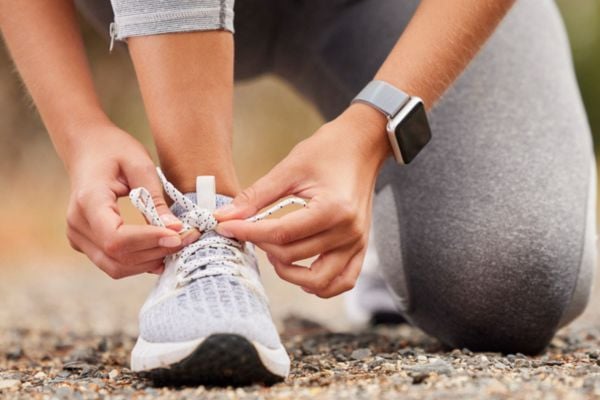 The Truth About 10,000 Steps: How Much Movement Really Matters?
The Truth About 10,000 Steps: How Much Movement Really Matters?September 1, 2025
10,000 steps per day—We’ve all heard it touted as the magic number for achieving optimal health... but what is the truth? Is there a standard step count we should aim for, or can meaningful health benefits be achieved at a variety of activity levels?
-
 Mindfulness at Work: When “Just Breathe” Isn’t Enough
Mindfulness at Work: When “Just Breathe” Isn’t EnoughAugust 25, 2025
As part of a broader wellness initiative, mindfulness can be a meaningful workplace wellness strategy. The key, however, is recognizing that mindfulness is not a one-size-fits-all solution. When, how, and why it’s implemented matters.
-
 Aging and Organizational Strategies
Aging and Organizational StrategiesAugust 18, 2025
Aging impacts us both personally and professionally, highlighting the vital role workplaces play in supporting employees and plan participants.








